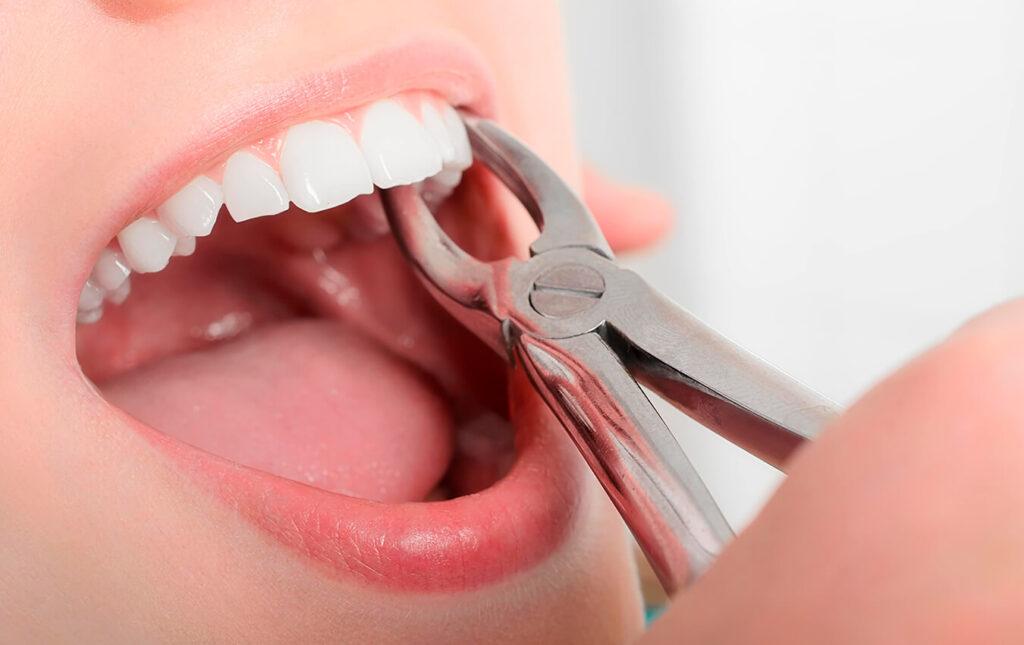
Benefits
- Tooth extraction relieves symptoms and pain
- It allows patients to continue with additional treatment
- When done for cosmetic reasons, it restores the smile
Who is this procedure for?
- Patients with severely decayed or infected teeth
- Patients who break or fracture teeth by accident
- Patients with severe gum disease that may affect bone structures
- Patients with crooked teeth
- Patients who do not have enough room for the wisdom teeth at the back of the mouth
What happens before the procedure?
Patients who need tooth extractions are first given anesthetic. There are cases where patients have had extraction under general anesthesia but they are rare; in most cases the dentist uses local anesthesia to numb the area and some sedative drugs to help patients relax during the procedure. Only when the anesthetic has taken effect does the procedure start.
What happens during the procedure?
Once the area is numb, the dentist starts by loosening the tooth. Then, using the forceps, he or she removes it by pushing and rocking it. At this stage the patient hears noises and feels pushing as the tooth is being eased out, but he or she does not feel any pain. Once the tooth is removed, the dentist squeezes the space in the gum where it was; a piece of gauze is placed on that area and the patient must bite down on it. This reduces the bleeding. In some cases the dentist stitches the gum to help it heal.
What happens after the procedure?
The jaw will feel stiff and sore but the dentist will prescribe painkillers to relieve the pain. Shortly after the extraction patients can go home. Although it is recommended they rest for the remainder of the day, patients can choose to continue their jobs or chores. They are given painkillers, antibiotics and mouthwash solutions to take home. If they had stitches that do not dissolve on their own, they should go back in after about a week to have them removed.

